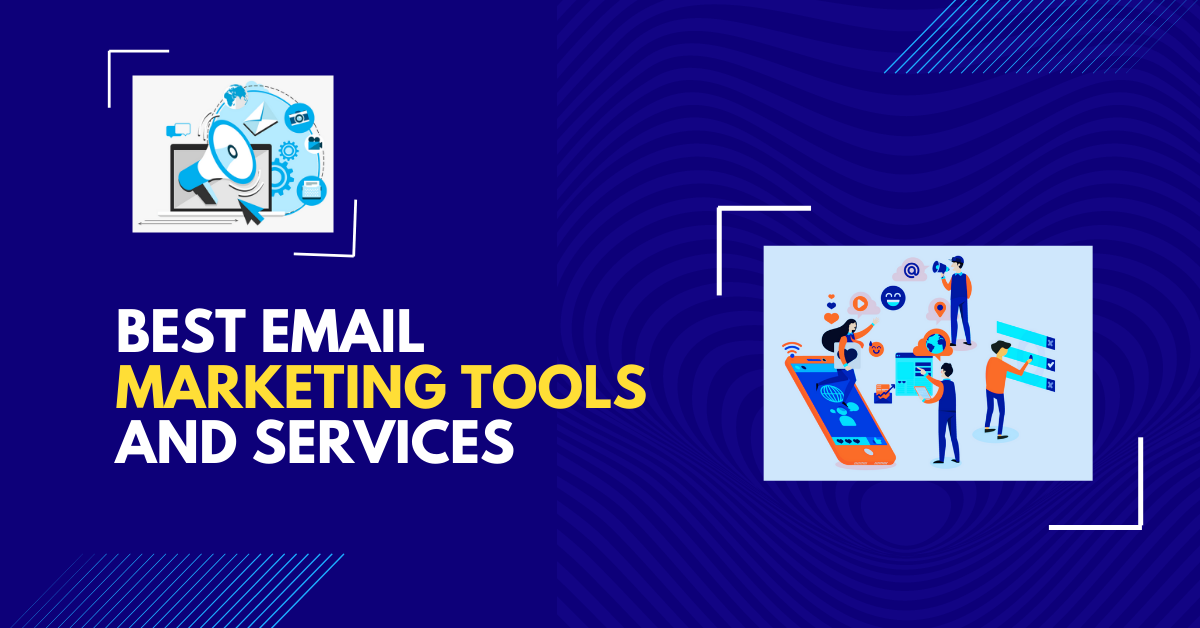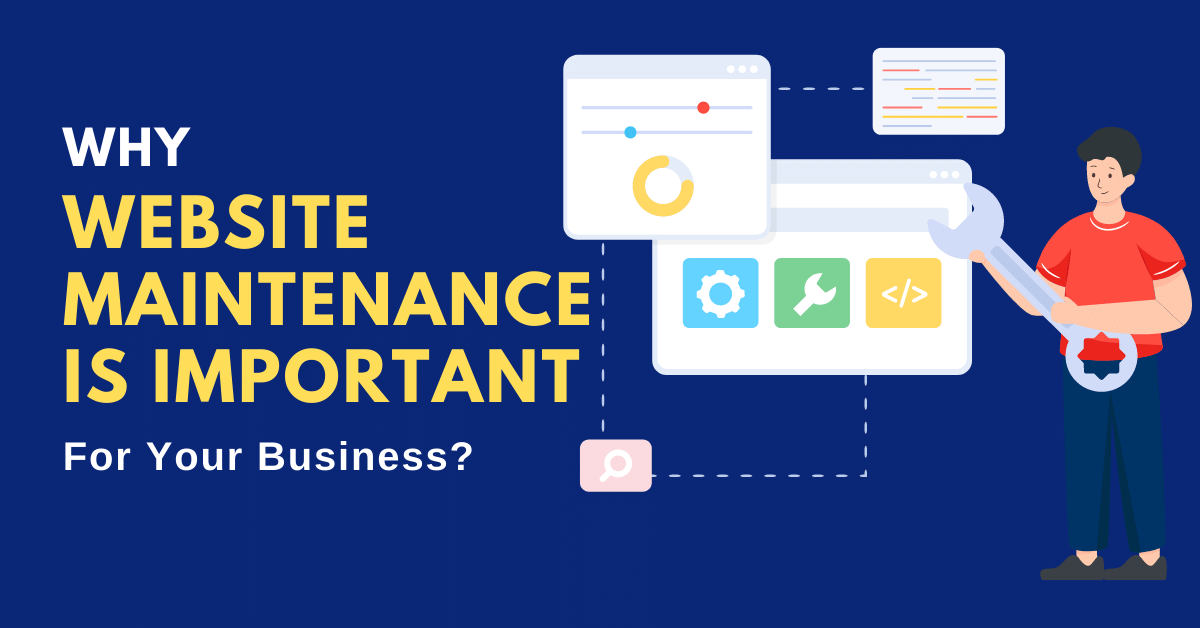
Email is one of the fastest ways to reach out to prospects, no matter what niche the company operates in. Over the decade, with the development of online trade and communication channels, emails have far gone - from bare electronic messages to storytellings enhanced with visuals and embedded content. To compete for subscribers’ attention, companies should comply with advanced mailing settings and keep an eye on analytics.
Email marketing is appreciated for the opportunity to reach out to a large number of people. It is treated as the most effective among other digital channels - in terms of the impact on the business. Newsletters are a mainstay for Ecommerce and subscription-based companies, as well as for SMEs and startups. However, to ensure mailings will run smoothly and be economically justified, they should utilize apt email marketing tools.
Email software serves various purposes. It can be used either as a plain scheduler and messages constructor or - as a single “point of control” to all outreach activities. The variety of email tools is immense, each offering a distinct set of settings and helpful features. In this article, we’re going to make you acquainted with better than the best email marketing software.
What Is Email Marketing?
Although marketing strategy may include distinct subgoals, its ultimate aim is - qualified leads. To get them, companies combine Outbound and Inbound activities. Outbound marketing covers paid tactics, like Google or Facebook Ads, while Inbound aims to attract leads via relevant content through different channels, including emails.
Email marketing is a process of planning, preparing, and handling the delivery of relevant content to the target audience via electronic mail. Companies use mailings to address potential customers, leads, or buyers. The content they share is a combination of text, images, links, attachments, and CTAs.
Depending on the marketing objectives, companies can set up one or several types of emails:
⦁ regular newsletters - these have a preset frequency and usually contain product recommendations, news, and updates
⦁ transactional emails - organizations that operate online can’t do without payment confirmations, delivery or password reset notifications
⦁ trigger emails - these are responses to users' specific actions.
Email marketing is beyond the competition in terms of potency. There are more than 4 billion email users, and their number is increasing gradually. Mailings are quite cheap compared to other lead gen activities, such as influencer marketing or SEO. The price of one email decreases sharply on scales, reaching the level of $0.01 and less. Companies that run effective email marketing strategies can earn up to $42 per 1 dollar invested. All these make an email one of the best means to generate more leads and revenues.
Why Choose the Best Email Marketing Service Is Important?
The email marketing software market grows at about 10.5% per year. This fact proves that more and more companies understand the beneficial advantages of automating their outreach efforts.

New software appears constantly promising better approaches to scraping contacts and engaging prospects. Mailing tools have become enhanced with advanced options, such as visual editors and automated reporting. Still, with an increased number of alternatives, it's more and more tiring to make a choice.
An apt software guarantees that email copies won’t end up in spam folders. It also helps to manage contacts and timely fix issues. Good email tools allow senders to take control over opens and conversions. They offer segmentation and personalization options that help to segment leads, create engaging content for them, and monitor campaign performance.
What to Look For in a Good Email Marketing Tool?
The requirements for software depend much on the security claims. There are two types of software: on-premise and cloud-based tools. The first category has fewer options for integrations with third-party software but is safer due to self-hosting opportunities. Cloud software is more flexible and scalable but may not fit companies that transact extremely sensitive or confidential information via emails.
The best email software should have stuff that enriches user experience, such as drag-and-drop editors, messages constructors, templates, etc. Let's look at 7 tools that include many, if not all of these quality characteristics.
Constant Contact

Constant Contact allows for segmenting clients, automating email delivery, and integrating with Ecommerce platforms. Users can create audience lists and use templates that ease campaigns' tailoring.
The tool is far beyond email automation. It allows building websites and setting up campaigns on social media. A dedicated support team and a library of helpful content are other benefits offered by Constant Contact. Thus, even beginners in e-mail marketing or start-ups with scarce resources can set up workable marketing campaigns.
ConvertKit

This tool helps creators manage their marketing activities, including mailings. ConvertKit may be a substitute for CRMs. For example, it allows grouping subscribers according to their interests through tagging and filtering systems.
Users can design landing pages and buyer journeys by connecting events and actions on landing pages. After, they can set up drip email campaigns and automate sales funnels.
ConvertKit has advanced reporting options. By referring to graphs and stats, users can see how their leads interact with emails. For example, they can check out individual open and click rates and compare figures with averages for all campaigns. Consequently, senders can conclude what content performs best.
GetResponse

This software has advanced A/B testing options. Users can set up test conditions and experiment with up to 5 content alternatives at once. GetResponse will record opens and clicks and determine the winning message. In addition to that, the tool will automatically send data on clicks to the Google Analytics account.
GetResponse also has a Social Ads Creator application with which users can design layouts, videos, and promotional banners for publications on social media. Other features include a website builder, web push notifications, pop-up registration forms, and more.
Drip

Drip’s competitive advantage lies in a centralized approach. The tool allows setting up email, SMS, and social media campaigns from a single control point. It also has a pre-design series of messages for any occasion - from welcoming new subscribers to notifying shoppers about abandoned carts. Thus, Drip is advantageous for eCommerce businesses or companies that manage multichannel lead generation.
Other features are segmentation and reporting options. Users can integrate their Ecommerce platforms with Drip and create dynamic audiences. They can further access dashboards - to see insights on required adjustments to their ongoing outreach campaigns.
Aweber

Aweber is an all-in-one platform for digital marketers. Thanks to hundreds of templates and a convenient drag-and-drop constructor, users can quickly set up as many email campaigns as needed. They can enhance campaigns with automation, for example, by specifying trigger events and tagging subscribers.
Another great option is split-testing. Users can define split segments from the original contact list and create tailored messages templates for each.
Aweber offers vast opportunities for integrations, in particular, with WordPress, PayPal, and Facebook. Also, it supports integrations via Zapier, which extends the list of possible integrations considerably.
Snovio
 Snov.io is a real Swiss knife when it comes to marketing and sales outreach. Its email drip campaigns tool, embedded in a free CRM, helps you build and automate long chains of triggered messages, schedule follow-ups, and track their performance. Meanwhile, owing to its A/B testing feature, you can easily test different variations of a single email in your campaign to define the most successful one.
Snov.io is a real Swiss knife when it comes to marketing and sales outreach. Its email drip campaigns tool, embedded in a free CRM, helps you build and automate long chains of triggered messages, schedule follow-ups, and track their performance. Meanwhile, owing to its A/B testing feature, you can easily test different variations of a single email in your campaign to define the most successful one.
And if you worry that automation kills personalization, that’s not the case with Snov.io. Their Email drip campaigns care about each email you create, offering you numerous possibilities for better targeting – you can use variables or integrate the tool with Hyperise to make your emails as personalized as you wish.
But not just Hyperise…Snov.io allows you to sync it with more than 2,000 apps, so you can always adjust your email marketing strategy up to your personal needs and goals.
Mailchimp
With Mailchimp users can create multichannel marketing campaigns and nurture leads with relevant content on every stage of their buying journey. They can build audience profiles and work with distinct segments using behavioral filtering or tags.
Mailchimp has a Content Studio where users can tailor messages or browse templates. Marketing Analysts can use Mailchimp to conduct AB tests and run surveys.
Which One Is Best For you?
The best email marketing tools offer similar features, so one's choice is rather a matter of preferences and business purposes. If marketers run cold outreach, they may need software with a built-in email finder and extended daily sending limits. If they organize retention campaigns, they may want a tool with advanced segmentation and personalization options. Usually, developers specify to whom exactly the software will be most suitable. Still, you can test several options - to understand which one performs most helpful.
The best email marketing software should allow users to:
⦁ validate and segment contact lists
⦁ protect the reputation of their IP addresses
⦁ personalize subject lines
⦁ track delivery, opens, conversion, and bonuses
⦁ set up trigger campaigns
⦁ enhance copies with visuals.
How Does Email Marketing Work?
To run email marketing on an ongoing basis, companies should have an infrastructure that consists of:
⦁ Contact database
Email delivery is impossible without contact lists. However, a bundle of scraped emails is not a guarantee of an effective mailing strategy.
Aside from e-addresses, companies should collect and keep personal information, such as name, niche (in the case with B2B market), interests, previous purchases, etc. Moreover, they should comply with legislation and update the database regularly - if they want to avoid bounces and penalties.
⦁ Mailing policy
There are two principle regulations - GDPR and CAN-SPAM Act - that form a framework of permitted behavior for senders and outline rights for recipients. For example, they oblige companies to use opt-in verified contact lists and provide users with the ability to unsubscribe from mailing lists.
⦁ Sender domain
Companies can customize their mailing domains or perform outreach from generic email addresses, like “@yahoo.com” or “@gmail.com”. Anyway, they need to maintain a good sender reputation, or their outreach works will be doomed to failure.
⦁ Email software
We hardly can imagine companies like Amazon or Netflix sending out confirmation emails or newsletters manually, can’t we? Email tools perform email validation, personalize messages, deliver relevant content, prepare analytics, and so on. Not to mention that they can be aligned with CRMs and contribute to the success of omnichannel lead gen campaigns.
⦁ People who manage email marketing strategy
An opt-in verified contacts list and software won’t work out without professionals who know how to put these into action. A high-performing campaign implies that many people, such as copywriters, designers, and data analysts, are involved in its management.
Best Email Marketing Practices
Relevant content delivered at the right time is a prerequisite for email marketing effectiveness. Still, many essential details contribute to the success as well:
⦁ responsive email design
⦁ apt email outline
⦁ drip email software
⦁ visuals, embedded content, and attachments
⦁ personalized subject lines
⦁ highlighted key points in the message
⦁ clear CTAs.
Regardless of the purpose of an email campaign, don't neglect using an automation tool. Modern software provides advanced automation features, plenty of templates, and vast options for integrations. It allows putting outreach on scales - with minor efforts or previous experience.














Post Your Comment
Comments